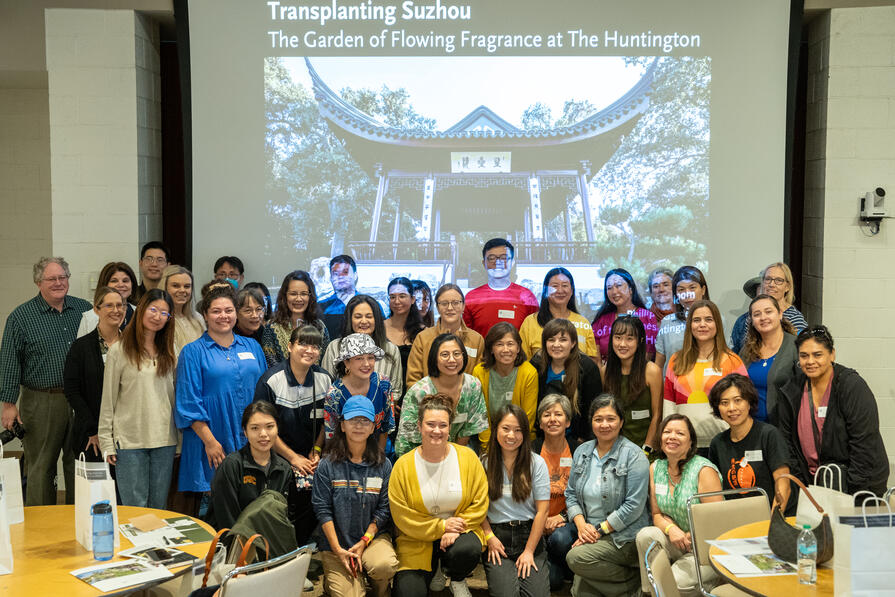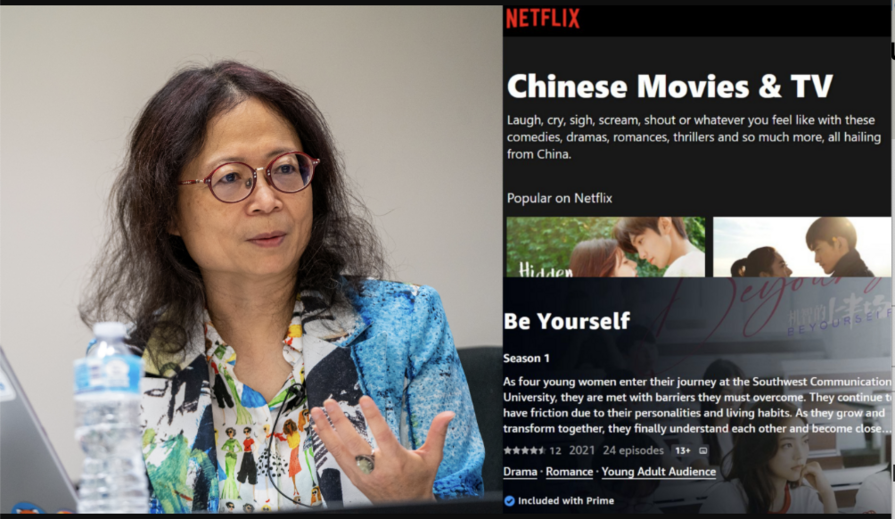By YAWEN LI
Since its adoption of Economic Reform in the late 1970's China has experienced significant economic development. As this development has taken place, a gap in socioeconomic development between different regions and subpopulations has simultaneously occurred (Chen and Fleisher, 1996). The mounting socioeconomic gradient has subsequently caused detrimental consequences evidenced by increasing disparities in mortality risk (Liang et al., 2000), higher incidences of functional disabilities (Liang, Liu and Gu, 2001), the greater occurrence of chronic illness (Zimmer and Kwong, 2004), and a decline in self-rated health, particularly among the aged population (Raudenbush, 2000; Zeng, Vaupel, Xiao, Zhang and Liu, 2002). Although a series of social reforms such as the Urban Social Security Reform (1984), Urban Health Care Reform (1998), Urban Minimum Wage Guarantee Program (1999), and Rural Cooperative Medical Schemes (2002) have been implemented to address the numerous social inequalities brought by economic development not all of these policies have served their true purpose as some have even created more dramatic disparities.
Despite noteworthy structural changes, research has rarely tested the effects of the social environment on micro-level health outcomes and thus left an incomplete picture of health differentials among Chinese populations. Investigating developments in health during old age is particularly pertinent to China as it is a rapidly aging country. Although China currently has the largest elderly population in the world, this number is only expected to increase. By 2020 the number of people greater than 60 years old is estimated to reach more than 243.85 million and comprise 17.1% of the nation's total population. By 2050, the population of Chinese citizens greater than 80 years old is projected to reach 100.5 million and will thus comprise roughly 25.5% of the world's population of this particular age demographic(United Nations, 2005). The ever-increasing elderly population in China further stresses the need to meet growing demands for support and healthcare and the need to restructure service delivery to meet those demands.
The three explicit goals of this project are as follows: 1) to review and assess the social welfare and health policies implemented in China since the 1980's in relation to the nation's elderly population; 2) to identify the social environment factors that may heavily impact the health of older adults using a political economy perspective, and 3) to conduct an analysis of data using the 2000 and 2006 Sample Surveys of Aged Population in Urban and Rural China (SSAPUR) to test the relationship between social environmental factors and health status changes among older adults in China.
The Summer Fieldwork
This study builds on my previous collaboration with researchers at the China Research Center on Aging (CRCA) and extends my research focus from the impact of individual level factors on health to the impact of social factors on health among older adults in China. My 7-day Beijing based study was financially supported by the US China Insitute. In addition to conducting extensive searches of Chinese policy papers and running data analysis using the 2000 and 2006 SSAPUR data, I was also given the opportunity to converse with scholars and researchers who specialize in aging studies in China.
My work in Beijing can be broken down into 3 phases. Phase 1 began with my search for relevant policy documents, department statistical yearbooks, and archival data collected by the CRCA. I conducted extensive searches through the network provided by the CRCA for journal papers and books published using the China National Knowledge Infrastructure. I then updated myself on the most recent policy trends and proposals on healthcare reform by reading news and journals. Phase 2 began by my working with Guo Ping at the CRCA on cleaning and merging the two waves of data from SSAPUR. The data gathered for the follow-up study was not as good as we had expected which thus prompting us to spend several days clarifying the issues and discussing solutions to address those problematic cases. Much work, such as tracking the original questionnaires and comparing the survey names listed, remains to be done in order to make sure the data is completely clean for analysis for the next stage of research. The third and final phase of my work occurred upon the presentation of my study proposal to researchers at CRCA. I consulted the researches to gauge the feasibility of conducting my study and was met with many useful comments and suggestions.
Places visited, individuals consulted
During my trip to Beijing I took advantage of the opportunity to network with many prominent researchers in the field. I was not only able to visit the Institute of Social Development and Public Policy at Beijing Normal University and talk with Prof. Xu Yuebin, an expert on social security and social assistance program in China, but was also able to visit the Institute of Population Health at Peking University where I met with Prof. Song Xinming, an epidemiologist focusing on population health and aging. A chance encounter with Prof. Ada Mui of Columbia University (who was on a summer trip to China of her own) proved to be rewarding as we were able to discuss a few possible projects to work on together in the future.
Future study
The CRCA and USC School of Social Work have signed a memorandum to continue their collaboration on the analysis of the two waves of SSAPUR data and I will remain an active participant in the project. While the first phase of our collaboration will focus on the analyzing of the cross-sectional data of the 2000 SSAPUR, the second phase will be focused on analyzing both waves of data and investigating the potentially detrimental changes on health and health service utilization. This summer trip has guaranteed continuality of the two phases of work. My work with CRCA over the summer has helped me better prepare for my dissertation on studying the causal relationships between the economic development and social development of China and how the socioeconomic development has, and continues, to affect the health of China's elderly.
Yawen Li is a PhD candidate in the USC School of Social Work.



